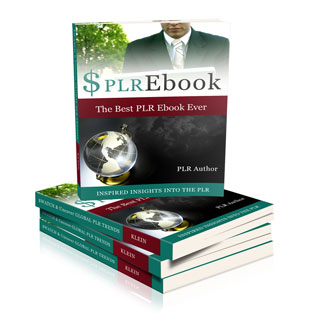
 License Type: Personal Use
License Type: Personal Use  File Type: ZIP
File Type: ZIP
 SKU: 62365
SKU: 62365  Shipping: Online Download
Shipping: Online Download
Sample Content Preview
Essential List Building Guide
Building a prospective customer list is one of the most important business activities every entrepreneur should make a priority. As soon as they launch their business, they should start to grow their list, and then try to grow that list a little every day or week in a number of ways.
The benefits of list building
List building is important because it gives you the chance to get to know your prospects better, and for them to get to know you. One of the most common mistakes business owners make these days is in focusing more on social media marketing than on email marketing list building. They’ve heard, “Email is dead,” and so they don’t spend the time on list building that they should.
Nothing could be further from the truth. People still spend about 2 minutes of every 5 on their Smartphones reading and acting upon emails.
Email list building opens the door to more effective relationship building than you could ever manage on something as fleeting as a social media post. Once they are on your list, you can send them helpful content that will hopefully be so useful, they will look forward to reading more and perhaps even pass the emails along to others.
Money-making opportunities
You can also earn money from every email if you provide a link to one of your products or services. The topic of the email can provide a logical context for the link and the product, such as, “If you would like to learn more, visit URL.”
Studies have shown that a prospect is around 75% more likely to buy a product that they have received an email about, rather than if they only see it online or at one of the popular social networks.
You can also send out promotional emails about a specific product, and/or a special deal you are offering. It could be a special seasonal sale, or a new product launch. Treating the people on your list as special is one of the best ways to keep them on your list, and one of the best ways to make them feel special is by offering them insider pricing. The deals should be so good, they would feel silly to pass them up, and might even be so excited, they share the deal with others.
Getting them on the list
In the early days of email marketing list building, offering a newsletter was enough. These days, it can be a harder sell. Now most people will expect a high-quality incentive to get them to part with their valuable email address.
The two best incentives for building your list are a free download such as an ebook or special report, or an ecourse of several lessons, such as 5 or 7. Both will work well provided the incentive focuses on a hot topic in your niche or industry. Think of some of the most common things people have trouble with in your niche. Also review your product line to see which would be the best ones to link to in order to make a sale once they signed up.
An ecourse is a better option for 2 reasons. The first is that the would-be prospect might register, grab the download, and then unsubscribe. The second is that the more emails in an ecourse, the more points of contact and chance to build a relationship, show what you have to offer, and perhaps even make sales.
The steps for setting up your list are:
1. Register with an email marketing platform.
MailChimp and Aweber are two popular choices. MailChimp is free up to the first 2,500 subscribers on your list. Aweber is a paid service that runs at about $20 per month. It is pretty much the industry standard for small online businesses and offers a range of attractive templates and a step-by-step process for setting up each new list.
2. Create your incentive. It can be just about anything; report, checklist, ecourse, etc. But it must be informative, inspiring and valuable in your readers eye.
3. Organize your promotional links. These include links for each product you are planning to sell within the context of each email. Any resources (free or paid) you plan to discuss in your emails. Any affiliate links you may be adding to your emails and so forth.
4. Create a new list in your email marketing platform. Follow the instructions given by the service provider you choose to go with.
5. Create or edit the confirmation email. This email will be automatically sent when potential subscribers sign up. They will be asked to click the link in the email to confirm they really do want to be on the list. This is known as a double-opt in and helps avoid accusations that you are a spammer.
6. Create the confirmation page. This is where new subscribers will be redirected to once they confirm they want to join your list. It should thank them for signing up. It might tell them to check their inbox for further information. It might contain a download link or other information that they may need to know.
7. Create the welcome email for the list. This will be in the Follow Up or Autoresponder messages area and will:
a. Thank them again for joining.
b. If you are offering an ecourse, introduce it and start your first lesson.
c. If you are giving a free download, give the link here.
d. If you are offering a download, create the page where they can get it and use that email in Step 7a.
8. Create the sign-up form they will use to subscribe. You will need a minimum of their first name and email address. You might wish to ask them for their last name or other details you require. Short and simple works best though.
9. Paste the sign-up form code into your website page. Add details about the incentive, paste the form code in, and save. Then publish to your site and start driving traffic to that page, which is known as a squeeze page because you are squeezing the information from them.
10. Upload follow up messages to your autoresponder. These might be additional lessons, if you're offering an ecourse. It might be follow-up emails to try to sell subscribers your products or services.







